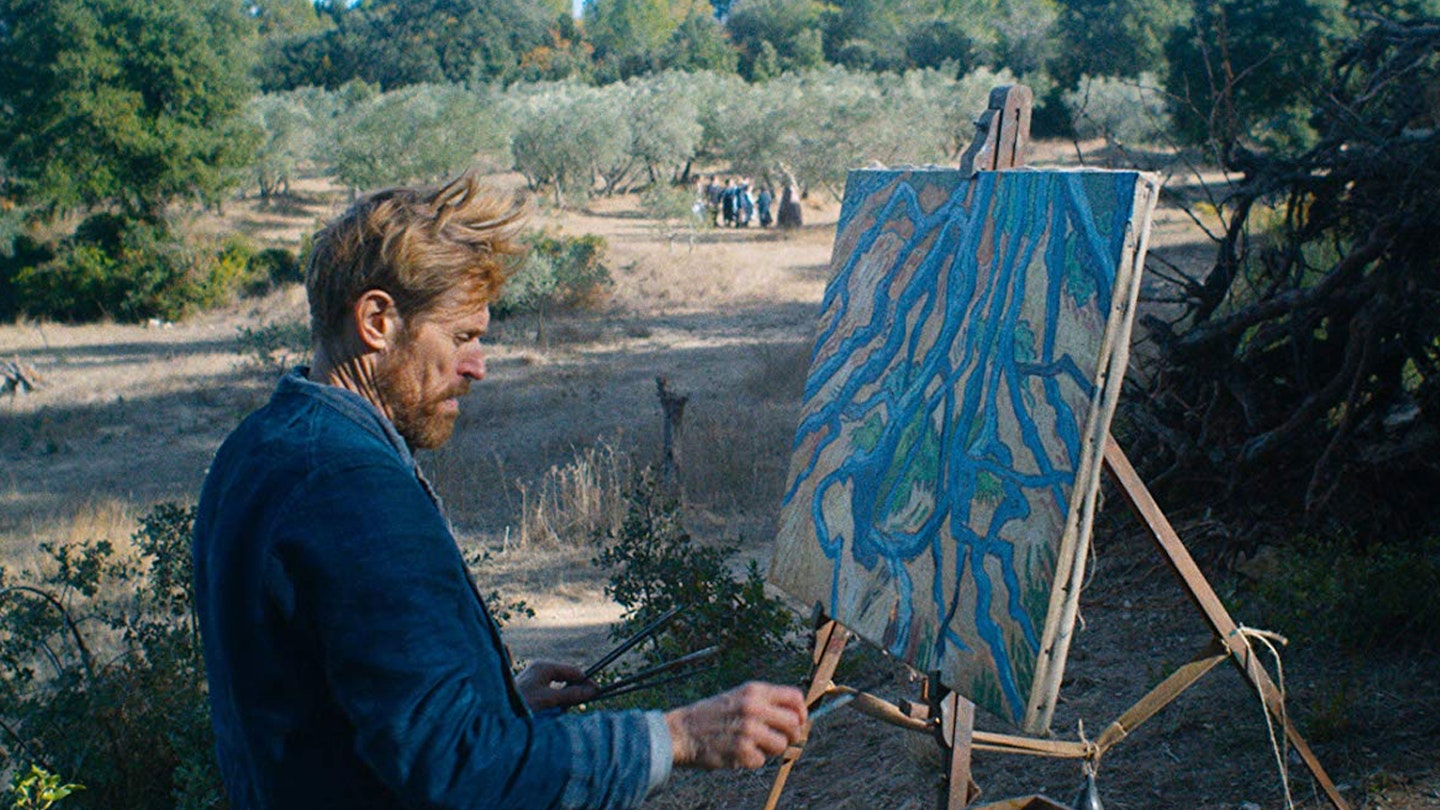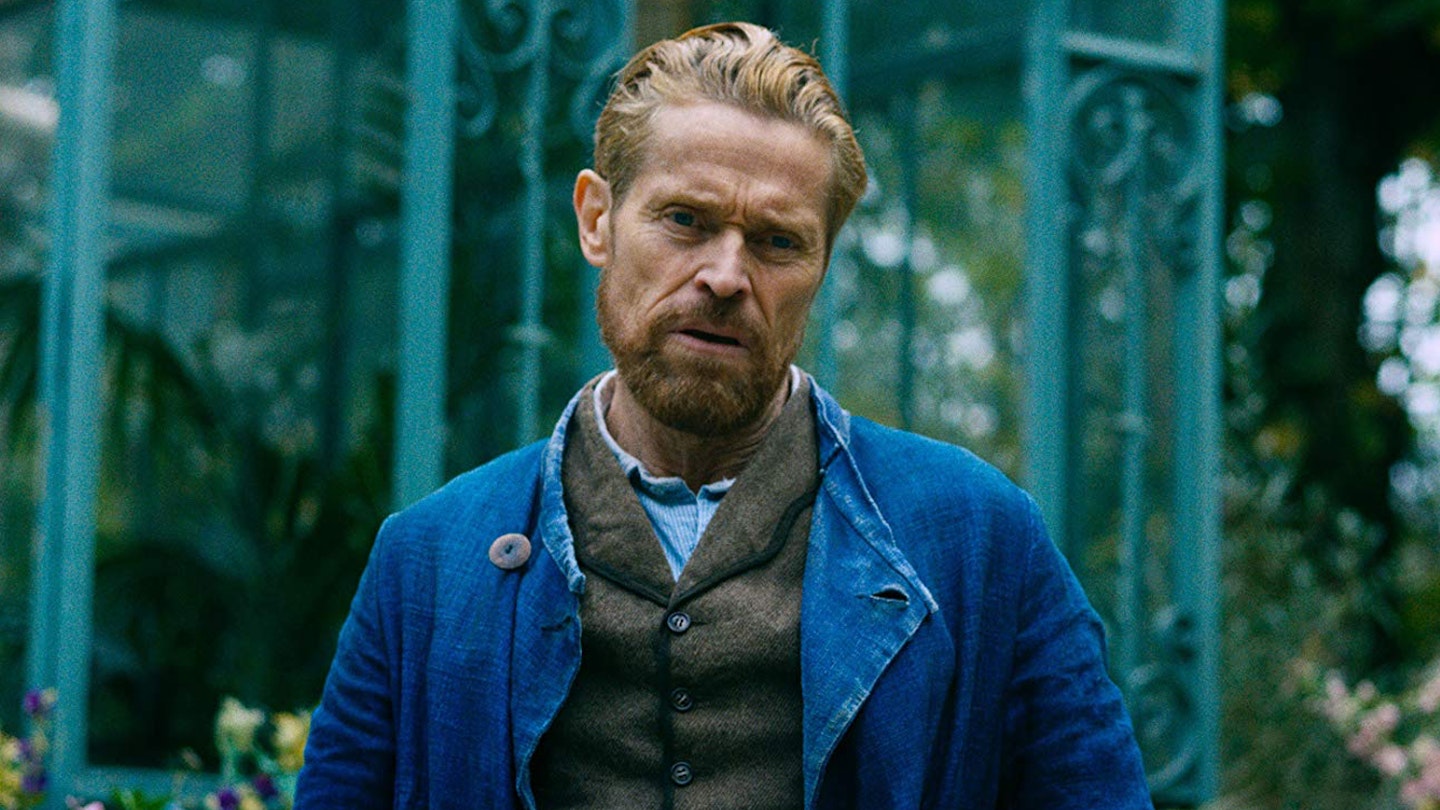From Kirk Douglas to Benedict Cumberbatch, via Martin Scorsese, there have been numerous cinematic portraits of Vincent van Gogh. But few have grappled with the man in such intense and immediate strokes as Julian Schnabel’s At Eternity’s Gate. Anchored by a potentially career-high performance by Willem Dafoe, Schnabel’s film is visually vibrant, sensitive and courageous, revealing how the artist’s work was as much fuelled by his torments as hindered by them.

At Eternity’s Gate’s focus tackles the well-documented last years of van Gogh’s life but Schnabel brings it to life in fragments (the infamous ear-slicing is off screen) and figments (a run-in with school kids who bother him while painting is ferocious) that coalesce into a compelling mosaic. An artist himself, the filmmaker has long focussed on the interior lives of creative types, from the New York art scene in Basquiat and Cuban poet/novelist Reinaldo Arenas in Before Night Falls to French editor and writer Jean-Dominique Bauby in The Diving-Bell And The Butterfly. Here, his understanding of the artistic temperament has never been more engaged.
Vibrant, arresting filmmaking.
As you’d expect from a film about van Gogh, At Eternity’s Gate is stylistically stunning. Benoît Delhomme’s camera is ragged and raw, flipping between fidgety, close-up handheld shots and striking landscape imagery (a field of dead sunflowers is staggering) as if to mirror van Gogh’s subjective and objective states, augmented by Tatiana Lisovskaya’s upfront, dissonant piano score. The result is vibrant, arresting filmmaking that gets you inside a troubled mindset and doesn’t let you out.
Echoing his turn in The Last Temptation Of Christ, Dafoe is urgent and rich, agonised and ecstatic, be it believably etching van Gogh’s wonder at the world or movingly succumbing to his demons. While much of the film is Dafoe holding the frame on his own, he has strong sparring partners in Rupert Friend as van Gogh’s brother Theo (a hospital visit is tender and touching), a charming Oscar Isaac as fellow artist Paul Gauguin and in one terrific, unsettling scene, Mads Mikkelsen as a priest who visits Vincent in an asylum and tells him his art is worthless. Save some on-the-nose dialogue, At Eternity’s Gate never descends into biopic tropes. Instead, it feels real, alive, and renders its hero in a multitude of colours. Van Gogh wouldn’t have it any other way.
